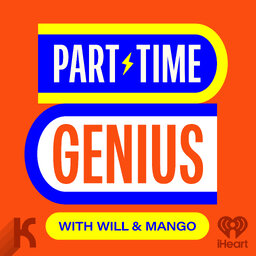Why did the Inventor of Shopping Malls Hate Malls?
While no one is going to malls (or so it seems), everyone seems to be talking about them: the CDC is writing up reports on mall walkers, people are growing beards to get into the mall Santa game, and writers are waxing nostalgic about them. But what exactly were malls intended to be? Why did the inventor of the mall try to distance himself from his greatest invention? And why are there never any escalators in the middle of them? Will and Mango dig in.
Learn more about your ad-choices at https://www.iheartpodcastnetwork.com
 Part-Time Genius
Part-Time Genius


